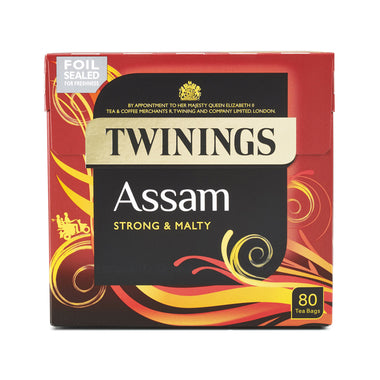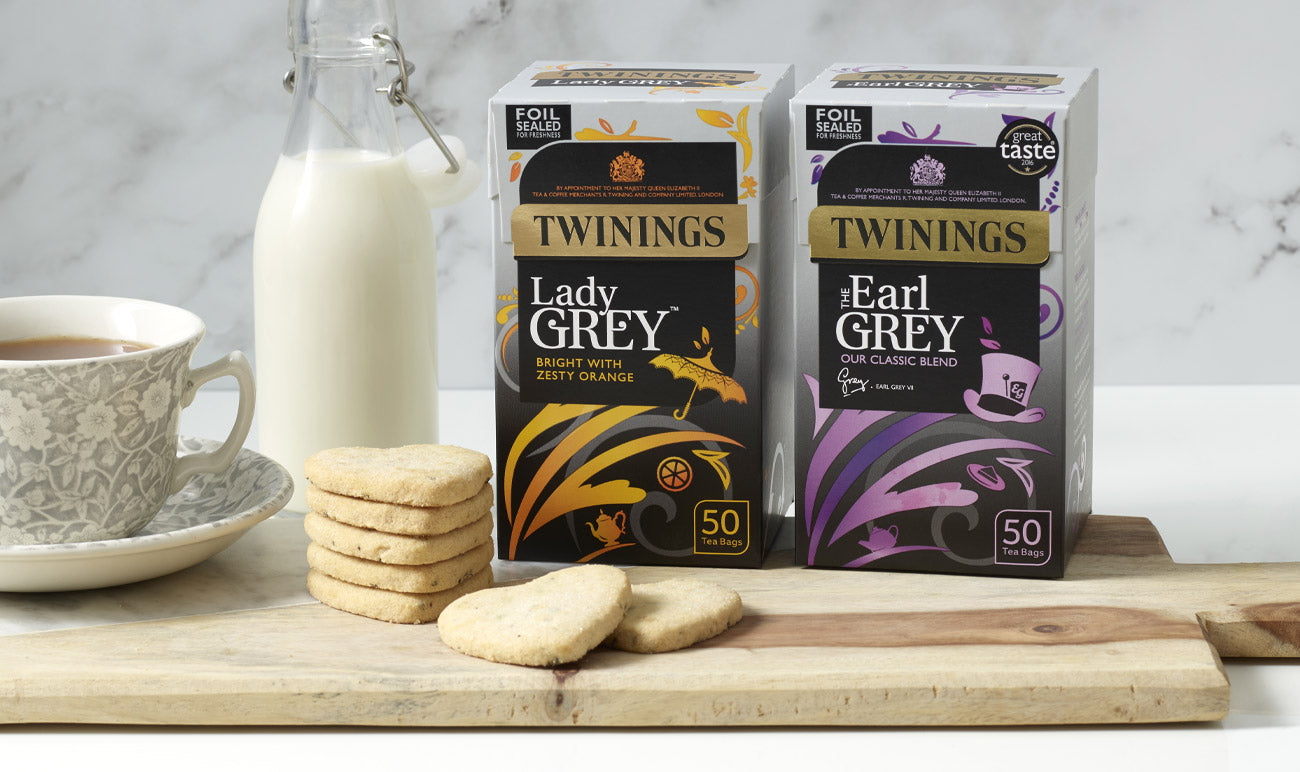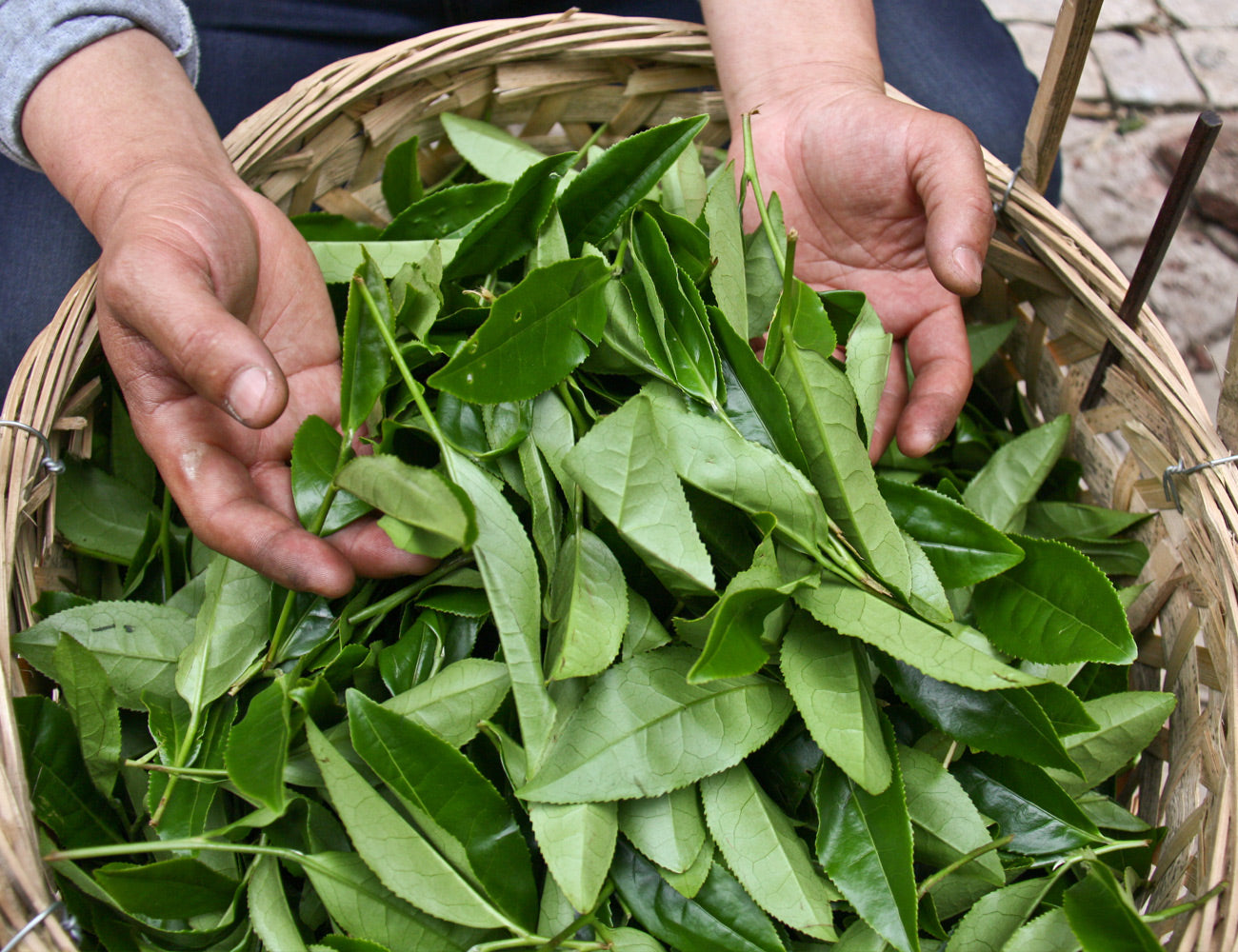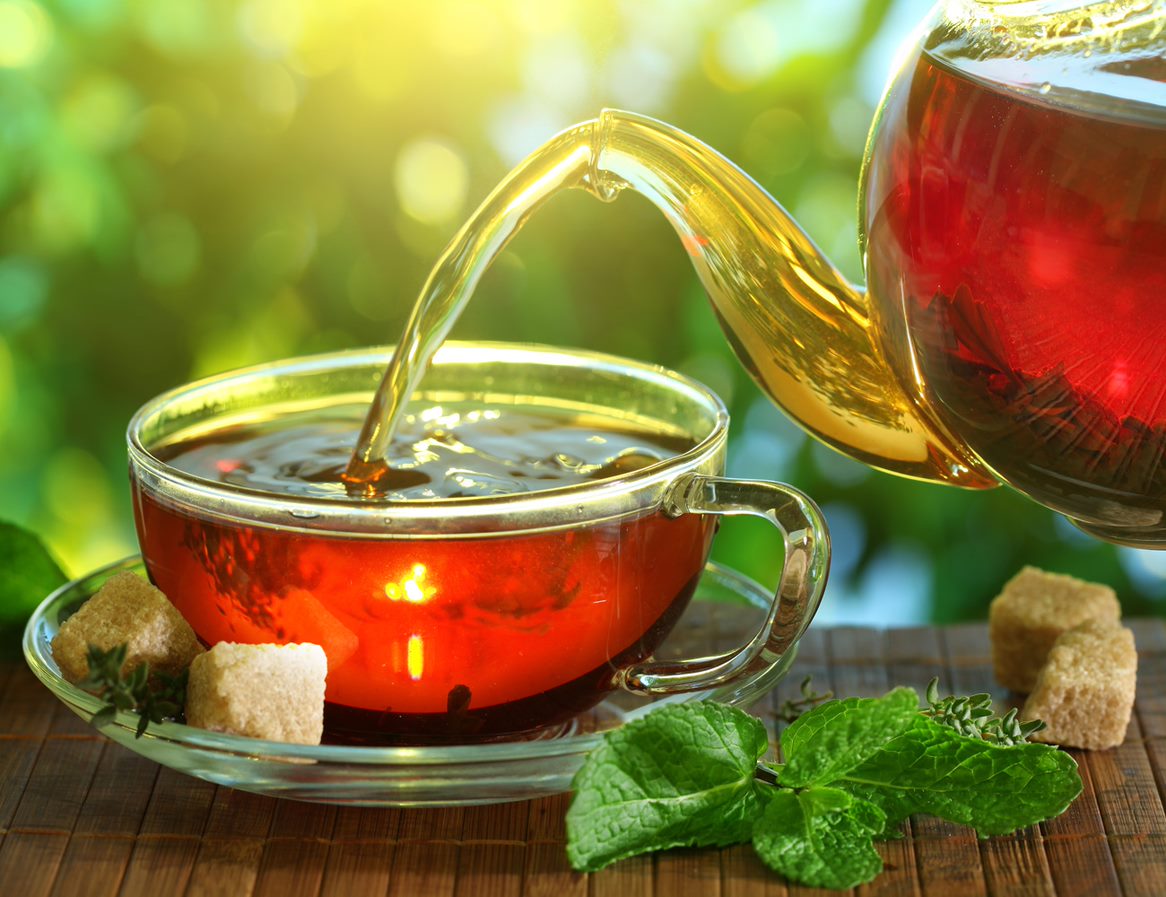How to Make the Perfect Cup of Tea
Is there a perfect way to drink tea? With hundreds of varieties of tea leaves and 3000 years of history, brewing the perfect cup of tea seems fraught with overwhelming possibilities and potential slip-ups.
Fear not! Achieve a top-notch brew with our expert tips for making the perfect cup of tea.


A cup of tea is part of many morning and daily rituals. It is estimated that the number of cups of tea drunk daily in Britain is around 165 million!
Tea is an intricate part of our daily lives, and no matter what you drink or when you drink it, we believe that everyone should have that perfect cup of tea. Every. Single. Day.
There are many theories and ideologies behind making the perfect tea, and everyone has their own unique way, their favourite way, right down to their favourite mug!
Here’s our perfect method to make that special cup of tea.
Essential Rules for Making the Perfect Cup of Tea
Preparing the perfect cup depends on a few simple factors...
1) Choose a Tea to Suit Your Mood
The best place to start is to find a tea blend to suit your mood.
If you're tired, a good cup of black tea could give you an energising boost. If you're a bit full up from that delicious meal you have just eaten, a soothing cup of peppermint is said to aid digestion. And if you're wide awake but want to go to bed, a calming cup of camomile could help you relax into that deep, peaceful sleep.
Whatever your mood, there is a brew to complement it!

2) Use Decent Tea, of Course!
Strong, fragrant, and full-bodied, whatever your cup of tea, we have a black tea to suit. Start your day with an English Breakfast, add some zing with Lady Grey, and revive with a refreshing afternoon tea.
Shop Twinings Classic Black Teas

3) Choose Your Favourite Mug, Cup or Teapot
Once you've matched a tea to your mood, you now need to choose the perfect cup to drink it.
We personally believe that the teacup is one of the most vital ingredients to the ultimate cup of tea. If you love the cup you're drinking out of, the tea will instantly taste better.
Now you have chosen your cup, it's time to get that kettle boiling.
With over 100 mugs, cups and teapots to choose from, there’s something for every occasion, including our KeepCups for when you’re on the go!
4) Always Use Freshly Drawn Cold Water
Always use freshly drawn (filtered if possible) cold water in the kettle. Tea loves oxygen as it helps the flavour develop.
Most of us are guilty of the following... looking at the kettle seeing there is some old, used water in there and simply re-boiling.
If you keep re-boiling the water in the kettle, it loses all of its oxygen and you’ll be left with a really flat cup of tea.
If you boil the kettle with fresh water, you’ll have a delicious cup of oxygenated tea that tastes divine.
Also, only boil the water you need. You will use up much more energy if you’re boiling a whole kettle for just one or two cups of tea.

5) Make Sure to Use a Clean Teapot or Mug
Nothing makes tea taste better than when you share it with someone special. Our selection of teapots makes this so easy; we have a fantastic range that will suit all tastes.
Shop Our Selection of Teapots

6) Make Sure the Water Temperature Is Right
Once your kettle has boiled with fresh water, you need to leave it for a few minutes to cool down.
You may read this and think, 'but I love my tea piping hot?' Leaving it for a few minutes will still produce a very hot cup of tea and will give you better results.
Our top tip is never to pour boiling water over a tea bag or loose tea. The reason for this is that the boiling water will burn the tea and scald it; therefore, the tea doesn't release all of its maximum flavours.
Tea is a delicate plant and needs to be cared for carefully to receive the full benefits. So once your water has rested for about 2-3 minutes, it's ready to be poured onto your tea.
7) Stick to the Brewing Instructions
Now you have poured your water onto your tea; you need to let it brew for the recommended time.
Our professional tea tasters have travelled the world finding and tasting every tea you could imagine, and you’ll find their recommendation for the perfect time to brew any blend on the box or pouch.
Obviously, if you like your tea stronger or weaker, that is a personal taste. However, the optimal brewing time will produce a beautiful, smooth cup that will leave you wanting more.

8) Separate Tea From Water Immediately Once Brewed
Now sit back, put your feet up and enjoy a little moment with your well-deserved, perfectly brewed cup of tea.

The Perfect Way to Start Your Day
Teas for Everyday - Shop Now

Brewing Time for Tea
The more oxidized your tea, the stronger it is. So for instance, a black tea is fully oxidized which means that it prefers near boiling water and a longer brewing time. The same goes for processed teas such as Oolong. So allow your freshly boiled water to cool for 1 minute, pour on and sit back and relax while the tea steeps for up to 3 minutes (according to taste).
Milder teas such as green, white and yellow teas are hardly oxidized at all – meaning they prefer milder temperatures and shorter brewing times. Simply put, this means after boiling let the water cool down for a few minutes to around 80 degrees, before pouring. Then let the tea steep for just a couple of minutes. Never again will your green tea be taste bitter!
We would say always use fresh filtered water – as old water that’s been sitting around in the kettle has less oxygen.

To brew or not to brew that is the question. To suffer the overstewed leaves to tell your fortune or take arms against a milk of troubles.


- As Shakespeare would have written
How Much Tea Per Cup?
The rule of thumb here is one tea bag per person. And honestly, it is just as easy for loose tea.
We would recommend 1 tea spoon (2g) or Twinings scoop of loose leaf tea per person.
If your choice is a milder white or green tea you can add in another spoonful per person for good measure.
We recommend warming your cup or pot by swirling a small amount of hot water in it before adding either the leaves or the tea bags.


Milk in First or Last?
This has long been a controversial topic. Do you put the milk in first? Or splash it in after the tea has steeped?
This comes down to personal choice, of course, but the milk-in-first approach refers to the early days of tea-drinking. Lower quality china would sometimes crack when the hot water was poured onto the tea leaves. Adding the milk first, resolved the issue. All modern day teaware is made to cope with boiling water which means it is no longer necessary to add the milk first.
When using tea bags, let the tea fully infuse the water first before adding your milk. On the other hand if you’re using loose leaf tea, the tea will already have brewed in the pot and so adding a dash of milk to your tea cup first won’t impact the infusion and “steeping time”.
Milk goes well with the stronger black teas – but we would suggest avoid adding it to green, herbal and fruit teas!
The Perfect Tea Drinking Temperature
To avoid burning your tongue: After the steeping / brewing time and adding or not adding the milk, let the tea cool down to a manageable temperature of around 60 degrees before drinking.

Best Time of Day to Drink Tea
Well, we are certainly not going to insist on this as it really does come down to personal preference! But for the new tea aficionados amongst you we would recommend:
- For the early risers, a Strong English Breakfast will get the day off to a great start!
- During the day – experiment with how you’re feeling. A light pick me up mid morning or afternoon would be an Earl Grey or a Smoky Lapsang Souchong.
- Herbal, Fruit and Green Teas make fantastic palate cleansers as well as accompanying light lunches and salads well. See our article on tea and food pairing!
- Strong Blacks are a wonderful replacement for after dinner coffee.
- And for a delicious and soothing night time drink experiment with our Herbal Infusions.


How to Store Tea Bags and Leaves Properly
Whether you prefer loose leaf tea or tea bags, using an airtight container or tea caddy helps to keep your tea dry, fresh and also stops any strongly scented teas from passing their flavour onto more delicate varieties in your cupboard.
If you are using loose tea leaves instead of a teabag, make sure to use a good quality strainer. We recommend an open top strainer you place into the cup. This way the tea leaves have a lot of freedom to move around in the cup, if you use a small strainer ball the tea doesn't have a lot of room to infuse.
Another a good tip for loose tea is, don't use so much. Many people pack their strainers full because they feel that the more tea they have, the more intense the flavour will be. As we said, that is not the case; tea needs movement and freedom and even a pinch of loose tea will give you that fantastic flavour you deserve.






